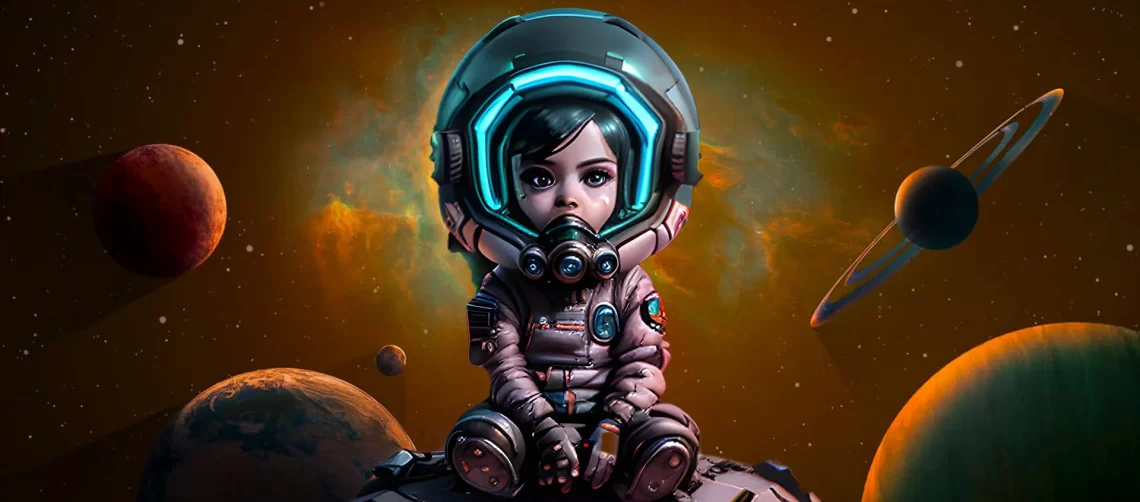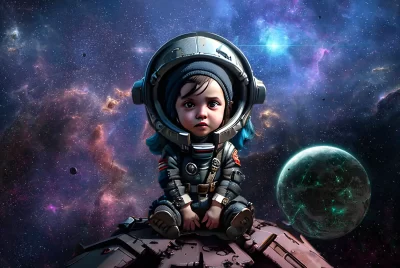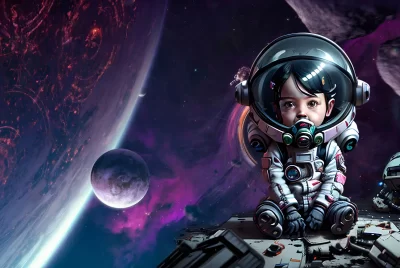The design of Lunar Babies NFTs combines the artistic vision of the very talented Mihaela with the power of AI technology.
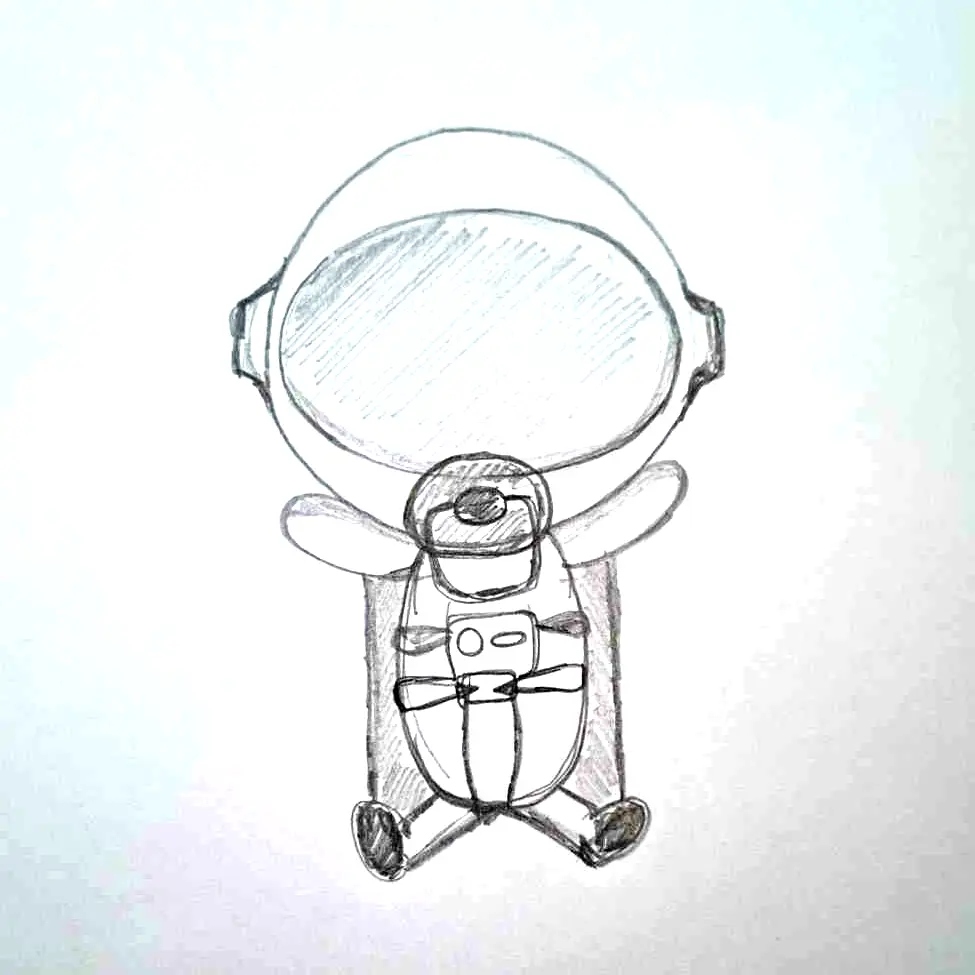
It all began with a sketch by Mihaela. Her initial concept for Lunar Babies featured an adorable baby sized astronaut that was floating through space. One of the immediate alterations was to feature more baby like characteristics and adopt a more refined human like pose. Next, I wanted to make the astro helmets more versatile, allowing them to accommodate different species of animals and diverse styles of babies. This required an iterative design process to refine and perfect the lunar baby concept.
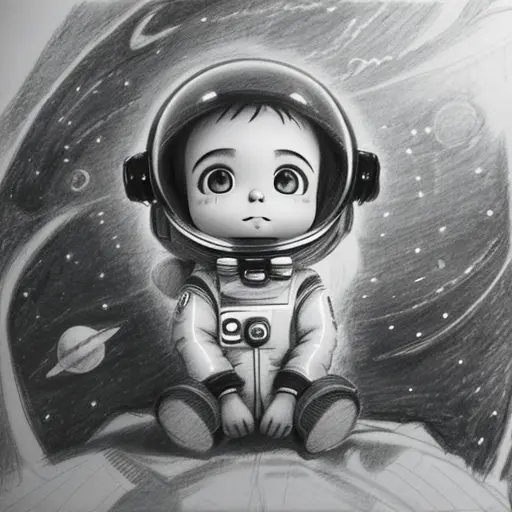
To translate Mihaela’s sketch into a format suitable for AI processing, I converted the final design into a digital format and ran it through ControlNet, a powerful diffusion control software. I used SoftEdge to capture the intricacies and details of the sketch accurately and to assure consistent AI generated outputs. By utilising ControlNet, it became easier to generate variations of the original Lunar baby design.
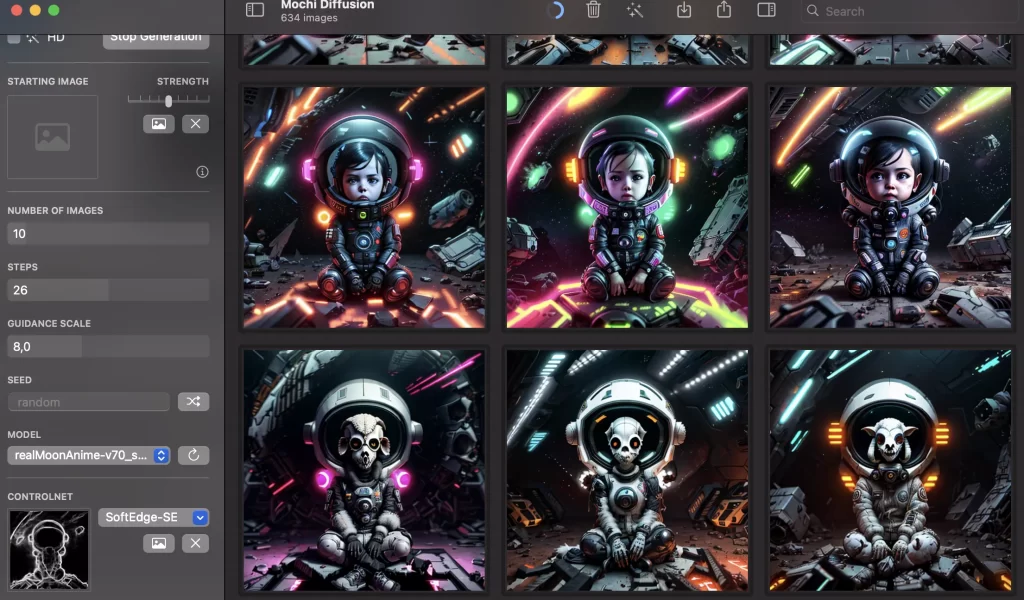
The digital design was uploaded to Mochi Diffusion, a translation of Stable Diffusion to CoreML, language that runs natively on Apple Silicon devices. Mochi Diffusion utilizes the CPU power and advanced neural networks to create stunning visuals based on the prompt provided. In the case of Lunar Babies, I ran a customized merge of pretrained stable diffusion models with the support for SoftEdge ControlNet for Split-Einsum models.
With the help of the supportive Mochi Diffusion community and the great team from AI Showcase, I was able to develop a prompt that works nicely with the given model.
Although the initial sketch was created by hand, it served as a foundation for the AI-generated final images. By merging these elements, I was able to mint the Lunar Babies NFTs. It’s a one of kind project that exhibits a distinct blend of human creativity and the computational prowess of AI, and it serves a great cause.


